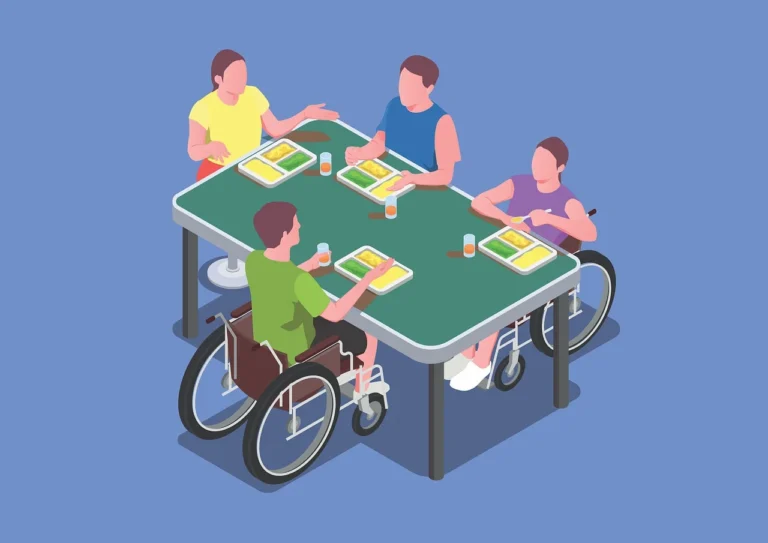Book Appointment Now

Environmental Factors in Aging and Functional Decline
The aging process is influenced by a variety of factors, including genetics, lifestyle, and, significantly, the environment. Research has shown that environmental factors in aging—such as living conditions, air quality, noise levels, and access to green spaces—play a crucial role in determining the rate and extent of functional decline among older adults. Understanding these factors is essential to developing strategies to improve quality of life and maintain independence for aging populations. This article delves into how environmental elements impact the aging process and contribute to functional decline.
Do you need paper writing help about environmental factors affecting aging population assignment? ![]()
How Environmental Factors Impact Aging
Living Conditions and Aging
Living conditions are a key environmental factor that significantly affects the health and functionality of older adults:
- Housing Quality: Poorly maintained homes with inadequate lighting, uneven flooring, or lack of handrails can increase the risk of falls and injuries, accelerating functional decline.
- Urban vs. Rural Living: Older adults in urban settings may face challenges such as pollution and noise, while those in rural areas might experience isolation and lack of access to healthcare services.
Social and Physical Environments
The social and physical environments surrounding an elderly person have a profound effect on their health outcomes:
- Social Isolation: Limited social interactions can lead to mental health issues like depression and cognitive decline.
- Access to Green Spaces: Studies show that access to parks and natural environments promotes physical activity, reduces stress, and improves overall well-being.
Mitigating Environmental Impacts on Aging
Improving Living Conditions
Addressing the challenges posed by living conditions involves multiple strategies:
- Ensuring homes are equipped with safety features like grab bars, adequate lighting, and non-slip flooring to reduce fall risk.
- Designing age-friendly urban spaces that consider the mobility and accessibility needs of older adults, including well-maintained sidewalks, public benches, and accessible public transportation.
Promoting Social and Physical Engagement
To counteract the negative effects of poor social and physical environments:
- Encourage community programs and social activities that foster interaction and prevent isolation.
- Develop initiatives to improve access to green spaces, which can help reduce stress and promote physical health.
Understanding the role of environmental factors in aging is essential for healthcare providers, caregivers, and policymakers aiming to improve the quality of life for older adults. By identifying and mitigating the negative impacts of the environment, we can help delay functional decline and enhance overall well-being. As the global population continues to age, creating supportive and accessible environments will become increasingly crucial in promoting healthy aging and ensuring that older adults remain active and engaged members of society.
Also read:







